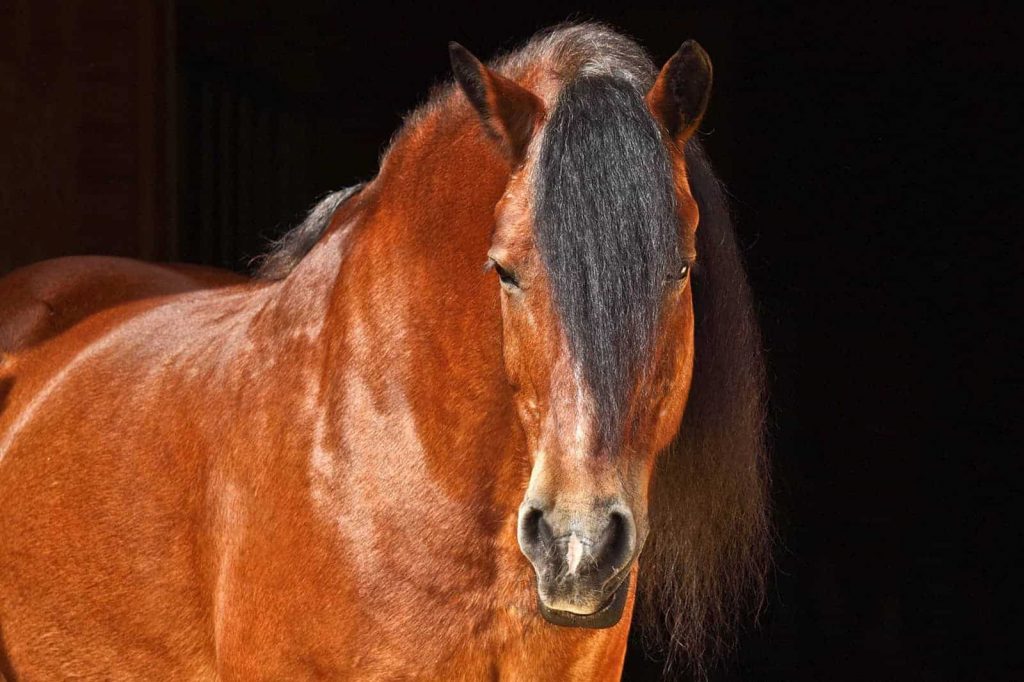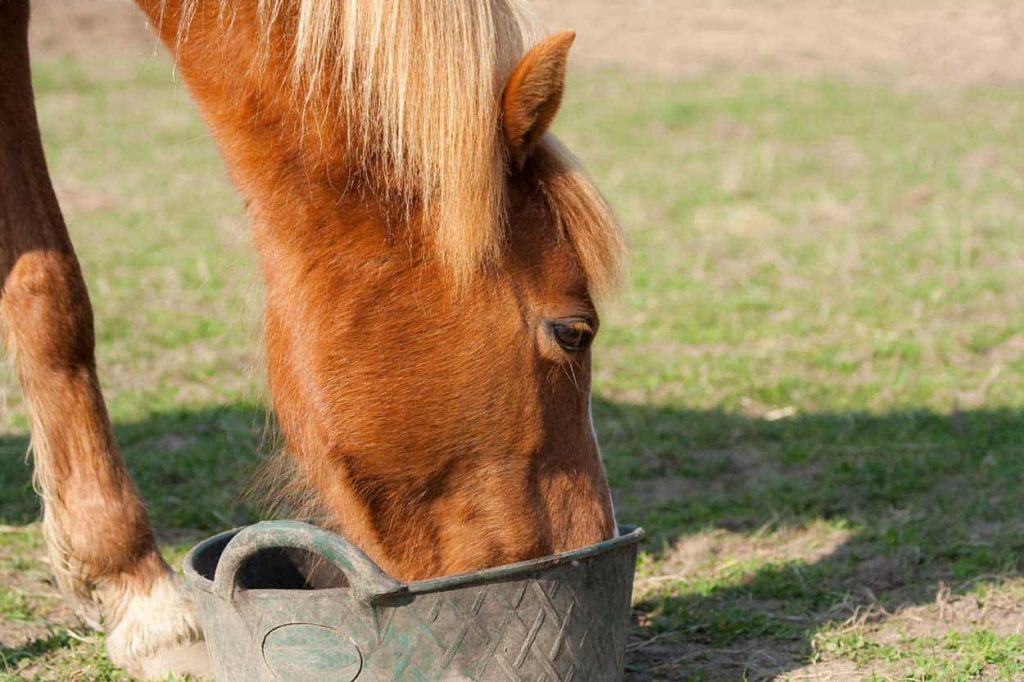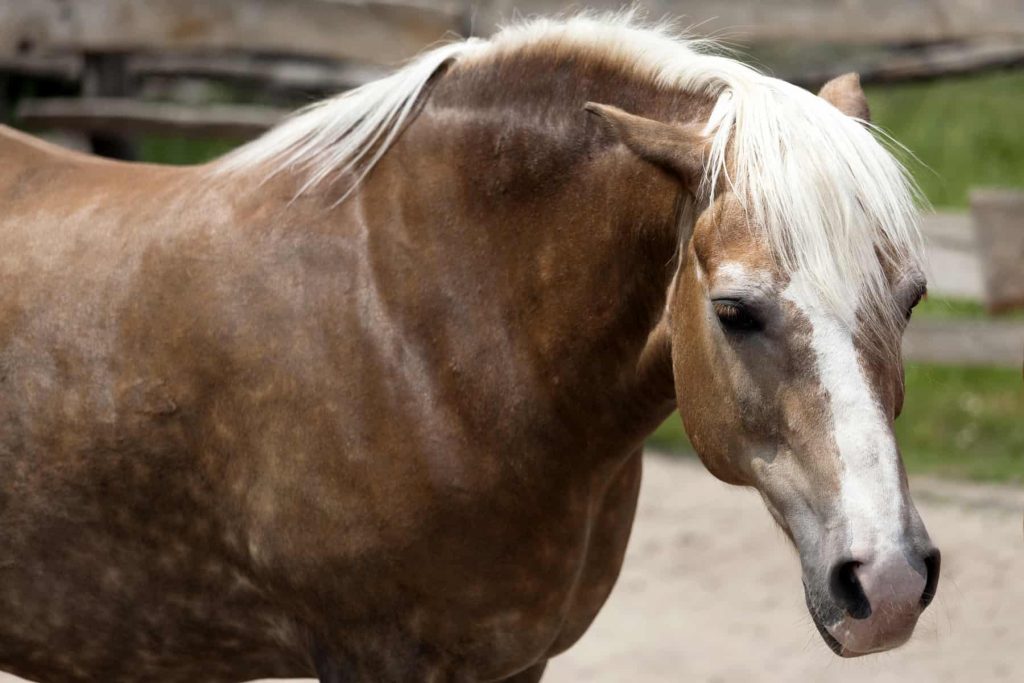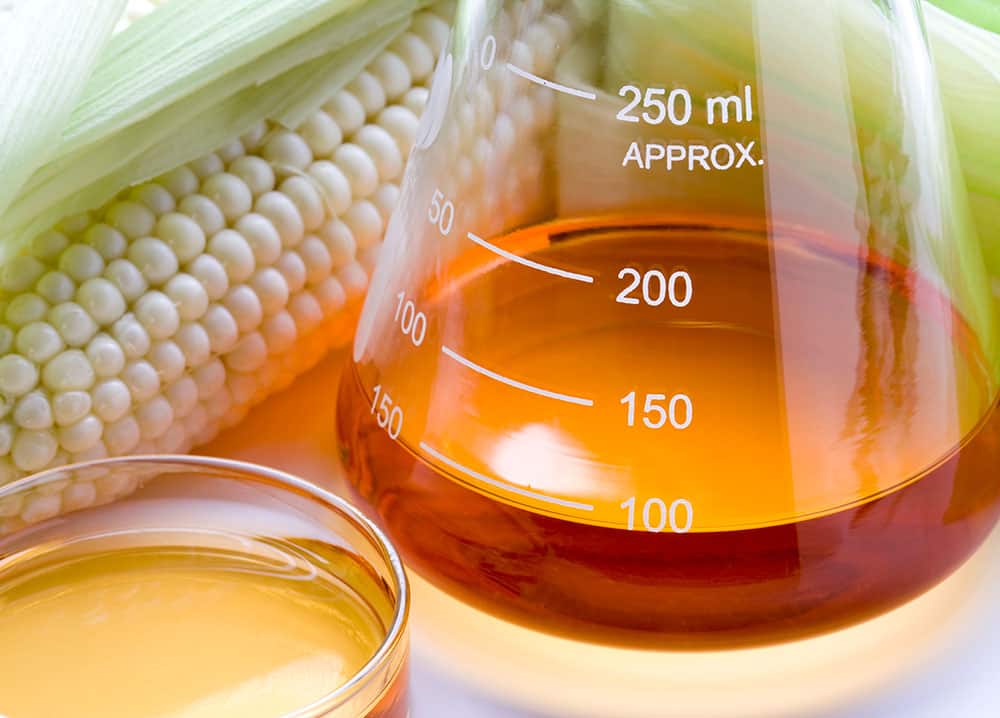
Impacts of Adiposity on Performance in Horses
Adiposity can cause a variety of health problems in performance horses, from heat stress to arthritis.

Adiposity can cause a variety of health problems in performance horses, from heat stress to arthritis.

An equine nutritionist’s advice on choosing treats for horses and ponies that might be prone to insulin dysregulation, obesity, or EMS.

Owners should take an individual and regional approach to planning low-NSC diets for ID horses.

Establishing a standard glucose testing method worldwide could generate more accurate results, leading to better care and welfare of horses with PPID, or equine Cushing’s disease.

Insulin dysregulation can coincide with high ACTH concentrations in the fall, even when an animal does not have PPID.

Learn about the differences, and a few key similarities, between these two endocrine diseases.

The horse’s fed vs. fasted state, dose and type of corn syrup, season, and simultaneous endocrine testing might alter the results of this insulin dysregulation testing method.

How to recognize at-risk horses and manage them appropriately to prevent severe disease.

The Type 2 diabetes drug might help horses with chronic hyperinsulinemia and laminitis that haven’t responded to management changes.

If managed with the right nutrition plan, horses and ponies with histories of laminitis can have successful careers.

Researchers compared the test’s results to those of a commonly used laboratory method to determine their association.

Despite poor hoof quality, the feral horses on Sable Island had a low prevalence of laminitis.

Aging mules and donkeys need to be managed just as carefully as horses. Here’s what you need to know.

A once-heavy senior horse is struggling to hold condition after dental work. Our nutritionist weighs in.

Horses with equine Cushing’s disease need regular assessments to determine their response to pergolide and adjust dosing as needed.

A veterinarian says both age and breed can affect a horse’s predisposition to insulin resistance.
Stay on top of the most recent Horse Health news with
"*" indicates required fields